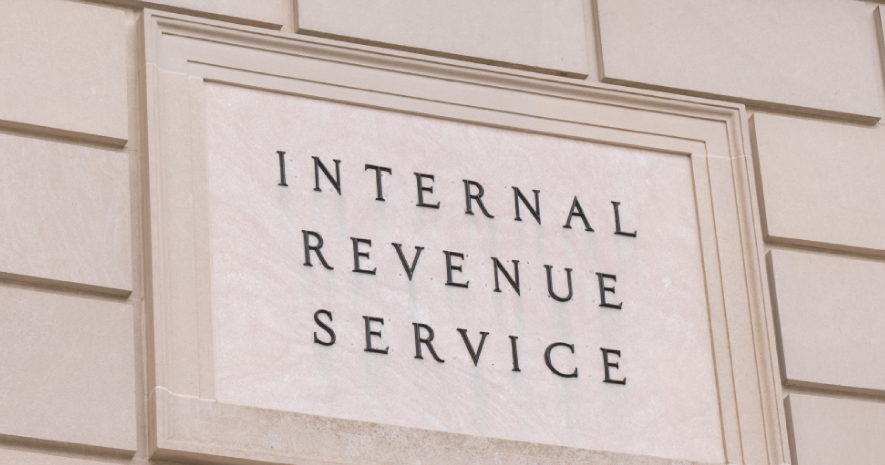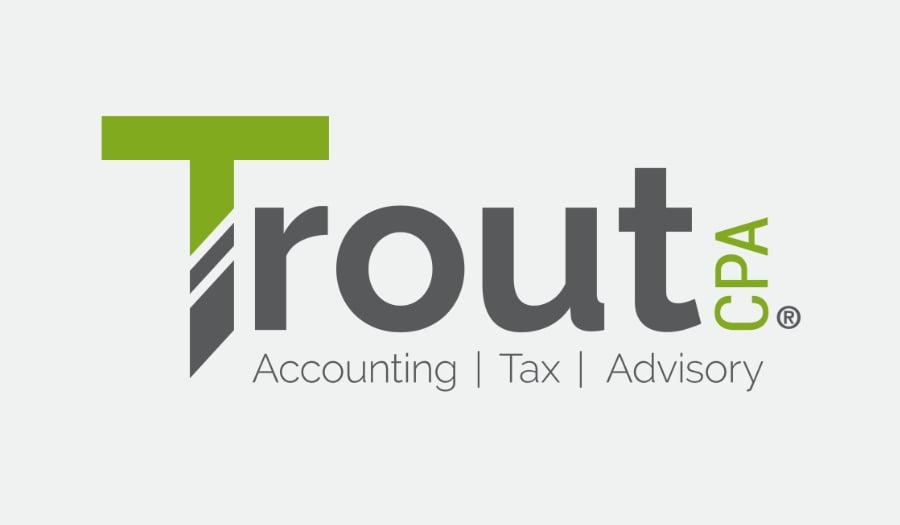Federal tax professionals working to resolve issues with the IRS can attest to the multifaceted impacts of the agency’s resource constraints on taxpayer service. The signs are evident, for example, in the long wait times for calls to be answered, tax return processing delays, and increased instances of penalties being assessed against compliant taxpayers. Perhaps most frustratingly, IRS examinations that could have been resolved cooperatively with an adequately staffed agency have become unnecessarily prolonged and, in some cases, contentious.
The optimists among us see that the process of reform to address these issues has begun with a slow refunding of the IRS. However, it could take years of IRS hiring and training for the organization to manage the full scope of its responsibilities. What do we do while we wait?
The following are some suggested best practices for dealing with the IRS in the current environment.
1. Closely monitor your IRS accounts
The IRS’s most recent filing season was challenging. Even some taxpayers that electronically filed have since discovered that their returns were improperly recorded in the IRS’s system, resulting in incorrect taxable income or net operating loss carryforwards.
IRS input errors can have significant negative consequences for compliant taxpayers. For taxpayers that remitted the proper amount of income tax (i.e., the income tax liability reported on their return), an IRS input error that results in a higher recorded income tax liability could lead to the improper assessment of late payment penalties. Worse yet, if the IRS input error results in a lower recorded income tax liability, the IRS may refund a taxpayer’s “excess” payment. If the taxpayer inadvertently accepts the refund (by, for example, depositing the refund check), the IRS will assess underpayment interest from the day it sent the refund until the day the taxpayer pays it back.
IRS input errors can also negatively impact taxpayers that overpaid their current year's tax liability and elected to have the excess amount credited to the subsequent tax year. If the input error increases the taxpayer’s current year tax liability, the IRS will credit a lower amount, potentially triggering penalties for late payment in the subsequent year.
The errors that begin with an IRS input mistake and end with penalty and interest assessments can be caught early by taxpayers that actively monitor their IRS accounts. Specifically, taxpayers that establish access to the IRS’s eServices via the IRS website are able to track the most activity on their tax accounts, confirm the IRS has accurately recorded their tax filings and ensure the IRS has not sent any erroneous refund checks. Tax advisors can also easily monitor their clients’ tax accounts with a properly executed Form 2848, Power of Attorney.
2. Monitor the status of your IRS correspondence
It generally takes months for the IRS to respond to taxpayer correspondence. The IRS is similarly slow in processing amended tax returns, including amended returns that report a claim for a refund. Due to the processing delays, the National Taxpayer Advocate’s office recently announced it had “made the difficult decision to suspend accepting cases where the sole issue involves the processing of amended returns until the IRS is able to work through its backlog.”[1]
The IRS is also having difficulty keeping track of, or is simply unable to answer, many taxpayer communications.[2] As a general rule, if the IRS has not responded to a taxpayer within 90 days of initial contact, it is important for the taxpayer to follow up with a phone call to the IRS to determine whether the IRS is taking steps to resolve the taxpayer’s issue. IRS call center representatives can often see notes on the taxpayer’s account that clarify what (if any) action the IRS has taken.
Although taxpayers may attempt this follow-up call to the IRS themselves, their tax advisors will likely have more efficient lines of communication via the IRS’s Practitioner Priority Service hotline, which is only available to appointed taxpayer representatives.
3. Avoid paper communication with the IRS whenever possible
The IRS’s ongoing battle with its paper backlog has been front-page news since the onset of the pandemic. However, despite its efforts to hire and retain employees, the IRS continues to struggle — now promising in a highly optimistic announcement that the backlog will be clear “by the end of the calendar year 2022.”[3]
Although no form of IRS communication may be quick or easy right now, the IRS is generally processing electronic communications, such as electronic filings and faxes, much more quickly than paper communications. Therefore, taxpayers should consider electronic methods of communicating with the IRS whenever possible. If the IRS offers electronic filing of any tax form, whether through a third-party IRS-authorized e-file provider or via a simple fax submission, taxpayers should consider taking advantage of these simple, electronic transmissions. Not only is the IRS processing electronically filed tax forms more quickly than paper filings, but it is also typically making fewer mistakes when inputting electronic returns into its systems, thus mitigating the risk of erroneous civil penalties and interest.
In addition, taxpayers that retain and carefully store their IRS transmission receipts are much better prepared to show proof of filing, for example, if the IRS’s records do not show the taxpayer’s communication was received.
4. Document and retain every important IRS communication
The IRS processing centers are not the only area of the agency currently struggling with customer service. Unfortunately, some IRS examination teams appear not to be performing the same comprehensive reviews that used to allow cases to close without the IRS Office of Appeals or tax litigation, which may lead to unnecessary assessments. Examination teams may also be slow to make progress on taxpayers’ cases, then request months-long statute extensions so they have sufficient time to finish their work. These types of examination strategies are also tied to IRS resource constraints – namely, insufficient resources to keep the IRS examination train rolling along efficiently.
Taxpayers can mitigate these types of examination experiences by being proactive and documenting every important communication with the IRS. Every response to an IRS inquiry and communication with an IRS examiner should be clearly dated, printed to PDF, and saved in a safe file. In addition, every important conversation with an IRS examiner should be documented via email—e.g., “Dear IRS Agent, please confirm my understanding of the following discussion we had today ….” It is very important to clearly record and save all important interactions with the IRS, as the simplest of IRS examinations can turn quickly when dealing with the agency’s resource constraints. A taxpayer’s documentation of common understandings and examination delays is now critical to establishing a thorough defense if the case must go to Appeals or litigation.
[1] Collins, E. (2021, November 21). IRS Delays in Processing Amended Tax Returns Are Impacting TAS’s Ability to Assist Taxpayers. National Taxpayer Advocate Blog. https://www.taxpayeradvocate.irs.gov/news/nta-blog-irs-delays-in-processing-amended-tax-returns-are-impacting-tass-ability-to-assist-taxpayers/
[2] Velarde, A. (2022, February 7). Ex-Official Confirms IRS Ignores Some Reasonable Cause Statements. Tax Notes. Doc 2022-4055.
[3] Curry, J. (2022, March 21). Rettig Makes a Big Backlog Pledge, Defends Audit Priorities. Tax Notes. Doc 2022-8773.





